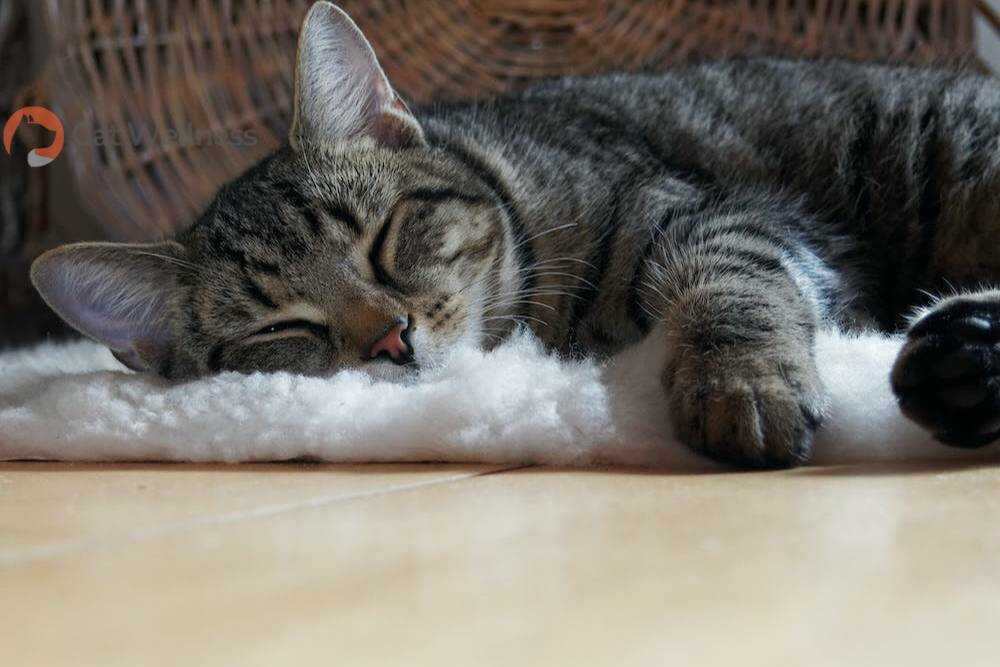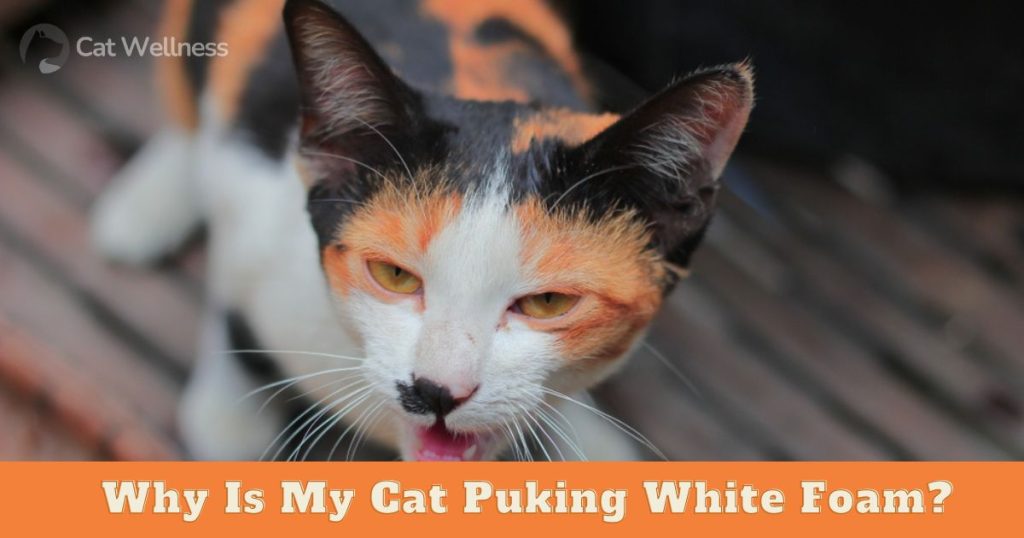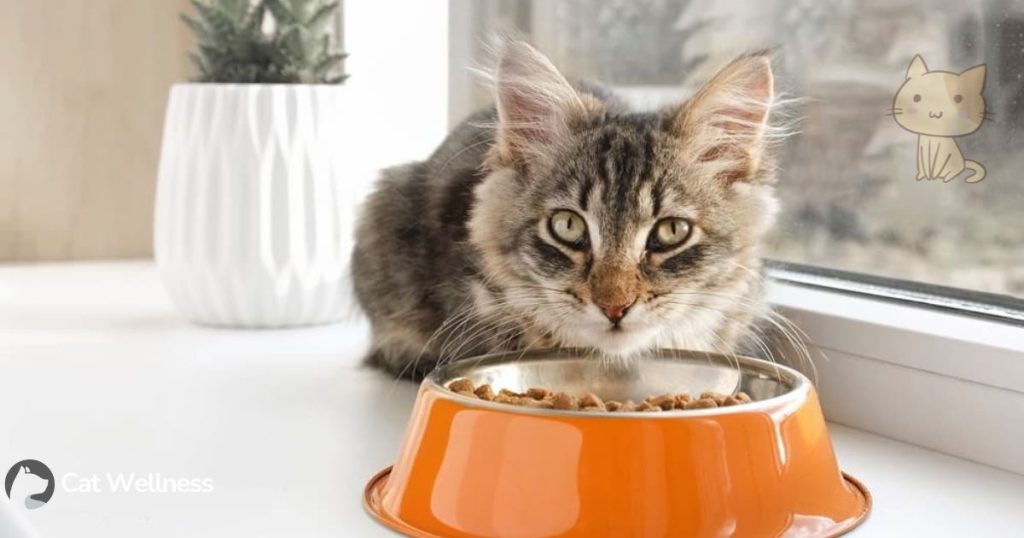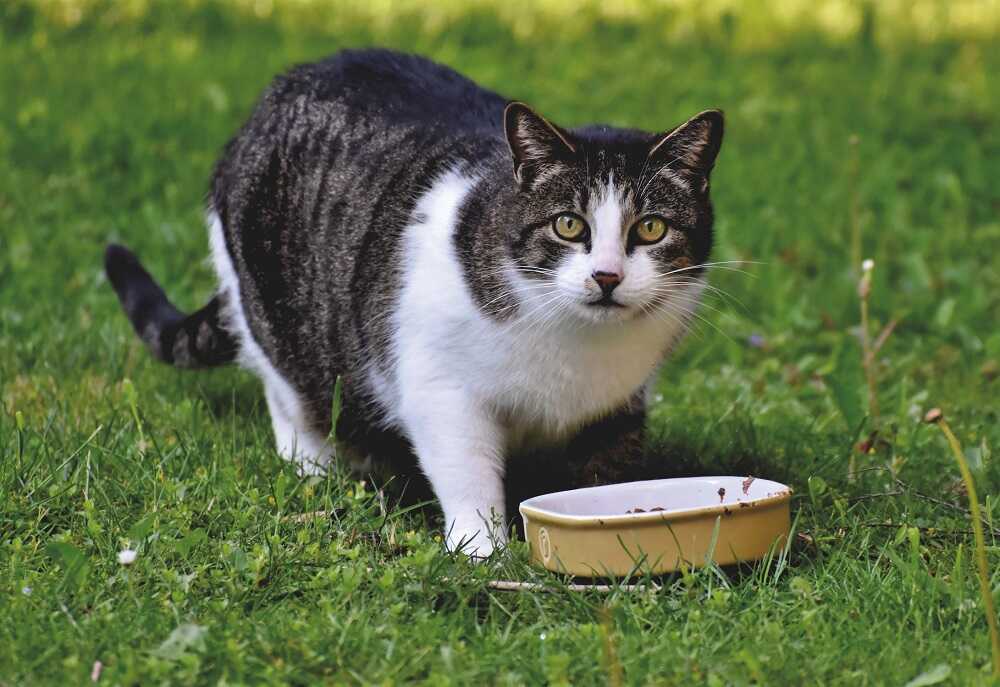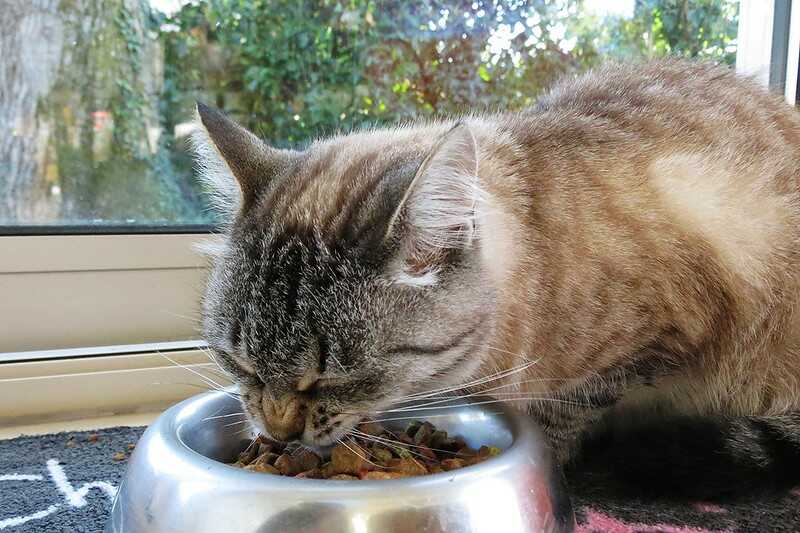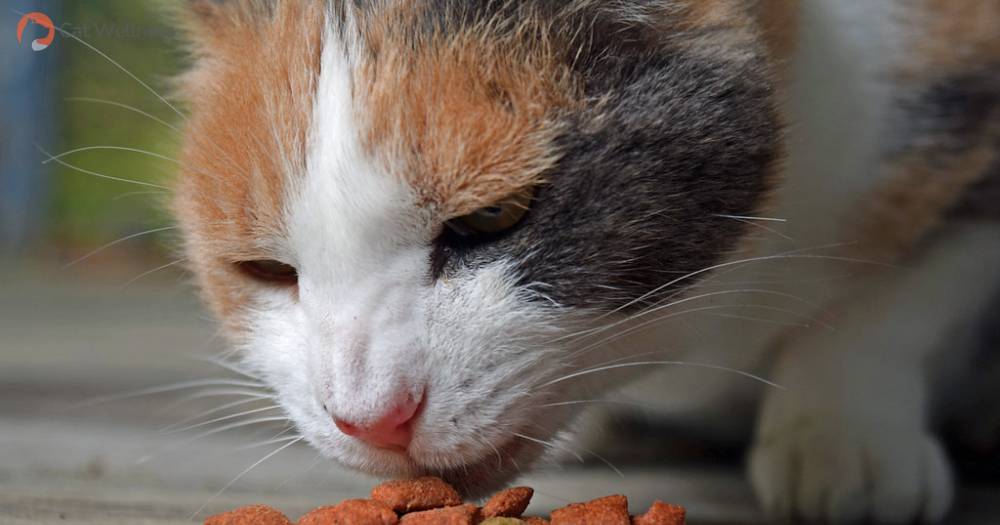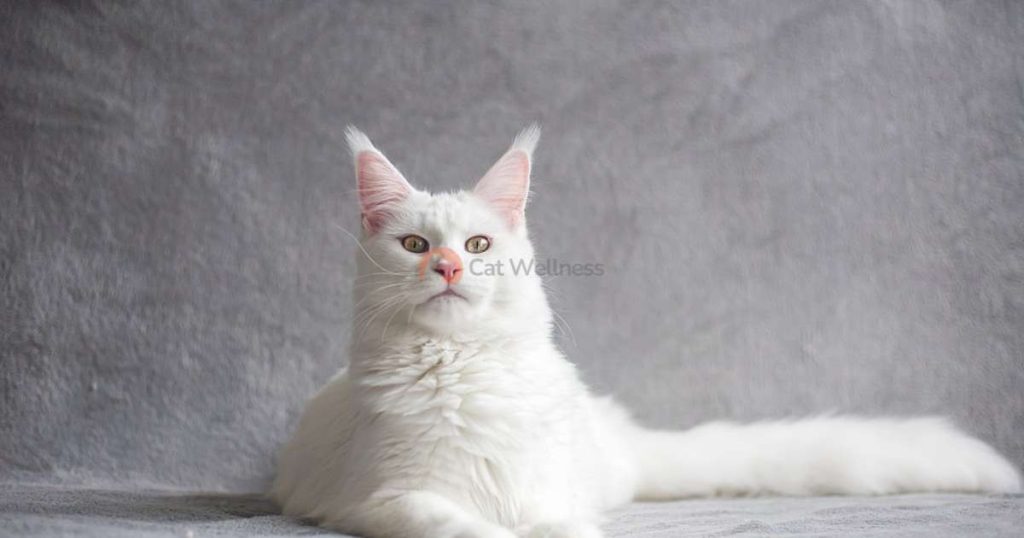When winter comes, the days are much shorter than usual. You will notice your cats change their appearance.
They are not sleek kitties anymore like they used to be in the summertime. Instead, they resemble fluffy balls.
Your four-legged friends groom their fur like humans wearing thick clothes when cold outside.
The differences between a cat winter coat vs summer coat vary significantly, depending on your pet’s breed, hair length, and climate.
Let’s scroll down this article to learn more about cat’s transition. Then you can have some solutions to help them!
Cat Winter Coat Vs Summer Coat: Overview
Exfoliation occurs more frequently than twice a year in cats. During the remaining time, you can see the light slipping.
Cats will shed some fur, but significant shedding only occurs in the spring and autumn. With the changing seasons, kittens must change their fur and relieve old bone tissue.
It’s a normal situation. The type of kitten and weather will affect how much your cats will alter and exfoliate.
It should be a concern if you don’t notice your pets developing a new coat. While sick cats struggle to change their fleece, healthy cats will exfoliate more often.
Cats grow a particular coat during cold months to protect themselves from other elements, like the weather.
These animals develop an undercoat besides their fur. In most circumstances, this undercoat is fluffy and dense-covering of fleece.
Besides, their outer coat may be longer than regular fur. It acts as a coat to protect and keep your pets warm.
Generally, a feline coat develops to insulate its skin from external factors and protect them from the summer heat and winter cold.
When daylight is shorter during autumn, your cat’s coat grows. Meanwhile, these pets will change this coat to look less thick.
In other words, cats’ summer coats are a lighter variation of winter coats. That’s why you notice your pets shed before summer.
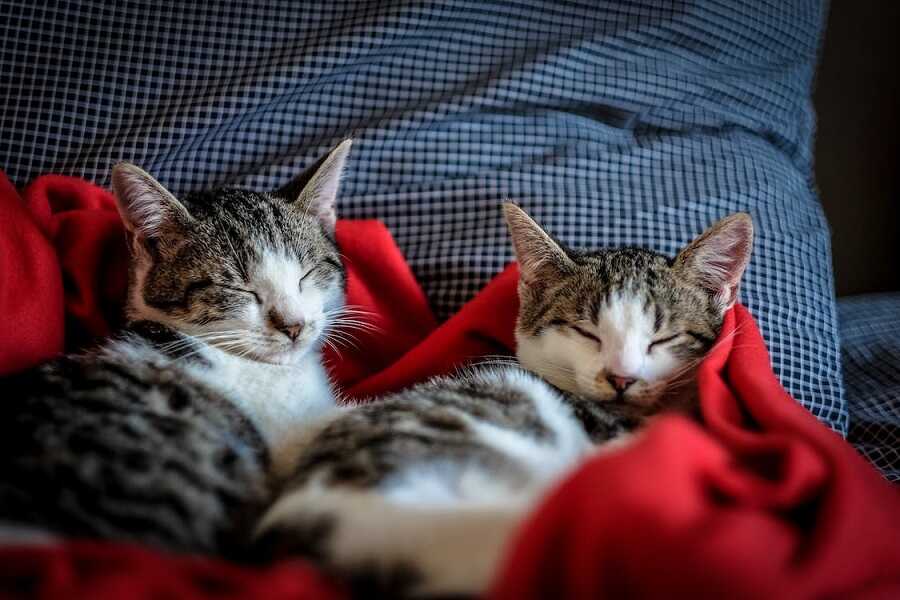
Related Post: What Should Cats Eat Daily?
Does An Indoor Cat Get A Winter Coat?
The short answer is yes! Winter coats also grow on indoor cats.
If your four-legged friends don’t belong to the hairless cat family, they will grow thick hair, especially in winter.
You can notice your indoor cats’ coats get thicker in the autumn, which protects them from the frigid weather during cold months.
Even though these domesticated cats mainly stay indoors, they still have winter coats due to exposure to sunlight, which supports fur development.
The temperature doesn’t determine the modification in felines’ coats like sunlight. However, these animals need winter coats to overcome cold seasons.
For this reason, your pets will seasonally shed in the autumn and spring, like other felines in the wild.
Your pets may appear different, with longer fur, and occasionally have a different hue. Some kitties won’t show much of a change, but if you’ve got long-haired pets, you could notice the difference.
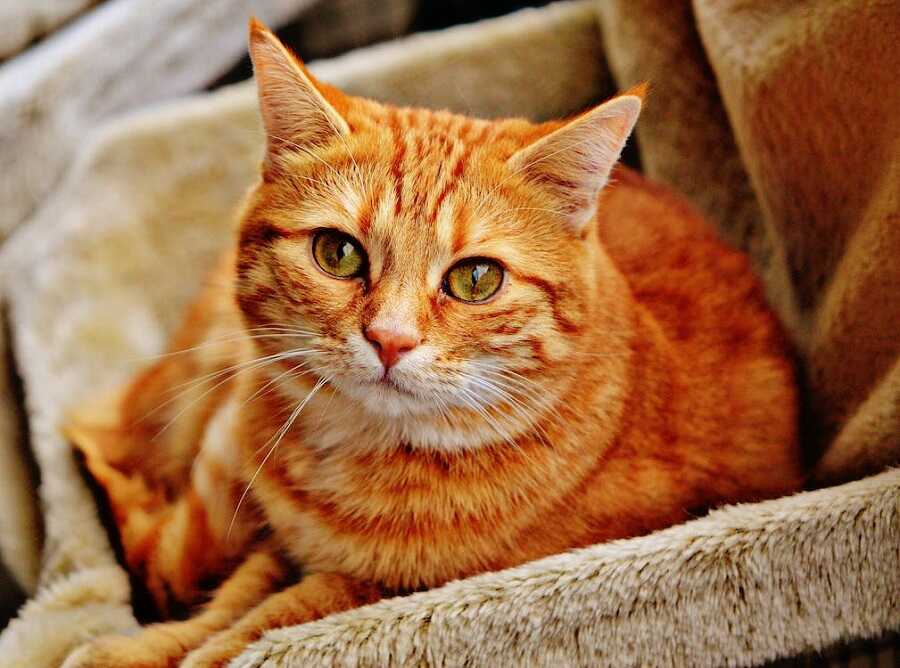
What Triggers Your Cat To Get A Winter Coat?
You will notice your fur babies have thicker winter coats when the temperature drops. Their hormones trigger them to have these overcoats.
A decline in average temperatures daily and fewer daylight hours cause your pets to grow thicker fur.
The environmental change signals the feline’s body to generate more hormone melatonin to store fat.
Some pet owners think cats consume more food in the cold season since they require more calories to stabilize their body temperature.
It’s true, but other factors are at play when determining why cats put on weight over the winter.
For instance, felines with fat deposits have energy reserves and are better able to withstand chilly temperatures.
Your indoor four-legged friends will stay warm throughout the cold season thanks to the winter coats.
Moreover, your pets often shed much in spring and early summer. It’s time the temperature begins rising again.
Cats that live in colder regions have thicker fur than kittens that live in warmer areas.
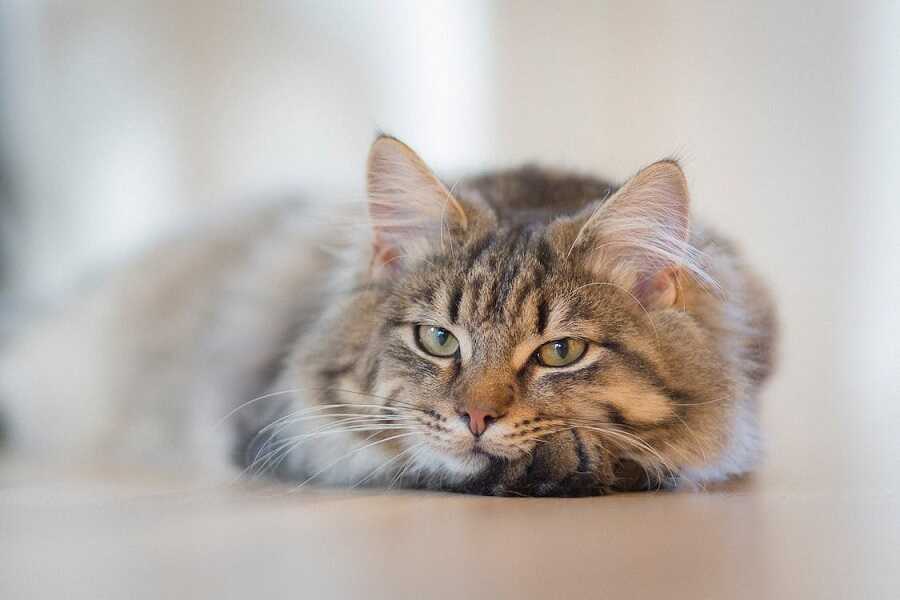
How To Deal With Your Cat Shedding Its Winter Coat?
When the weather becomes warmer, most pet owners will feel annoyed with their four-legged friends shedding their fur.
If you are experiencing this issue, here are some tips to reduce the fur amount your kitties leave around your house.
Brush Your Pets Regularly.
The best approach to encourage healthy fur and skin on your cats is to brush them frequently.
It will assist in removing any extra hair and distributing the coat’s natural oils, which can help maintain healthy and glossy fur.
Furthermore, it aids in preventing hairballs, which may be uncomfortable and potentially result in health problems.
Add Supplements To Your Pet’s Diet.
You can consider adding several supplements beneficial for your pets’ coat health, such as omega-3 fatty acids.
However, you must consult your vet before supplementing your four-legged friends’ diet to ensure their health.
You can also watch this video to learn more about the supplements you can use for your pets:
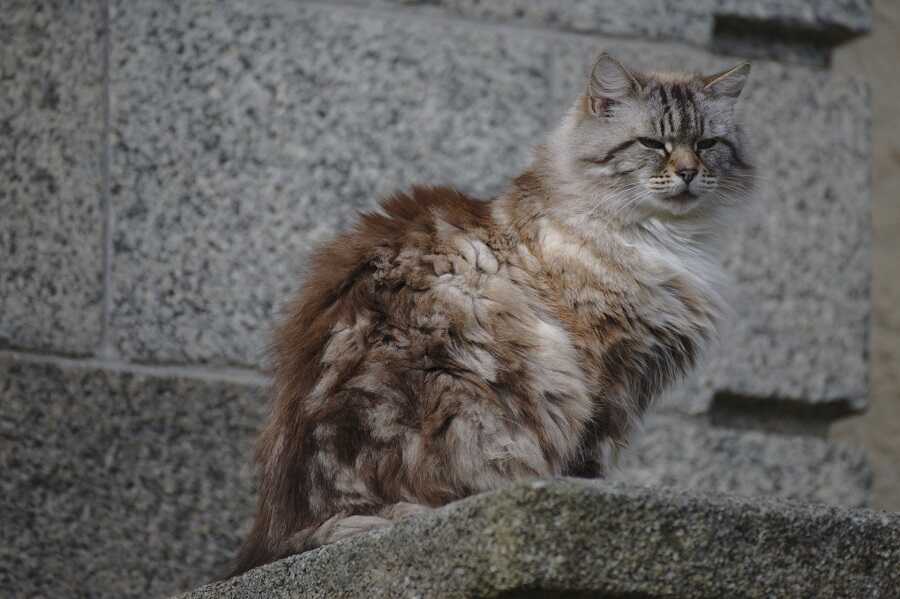
How To Keep Your Cat Warm During Winter?
If you live in cold regions, consider the following tips to keep your furry babies during winter.
Make A Blanket Nook.
If your kitties love staying in a basket, you can use a dryer to warm some blankets and create a cozy fort.
It’s a good idea to place the nook near a place with more sunlight, where your pets can get warmth.
Buy An Electric Bed For Cats.
Your cats will stay warm and comfortable with an electric bed that consumes little energy during the cold season.
This equipment features a removable and washable cushion. Thus, you can easily clean it to avoid fur build-up.
Give Your Pets More Food.
Felines demand more food during cold months because staying warm requires more calories than usual.
You can give your fur babies wet food or high-calorie snacks to add nutrients to their diet and increase the essential calories for daily activities.
Watch this video: How to Protect Cats from Cold Weather
The Bottom Line
The purpose of a cat’s coat is to shield it from the environment and control body temperature.
Caring for your furry companion will be easier if you comprehend the differences between cat winter and summer coats.
Moreover, modify your pet’s grooming schedule as the environment changes to meet their requirements.
Do you have further related questions? Comment below! We will reply to them all. Thank you for reading!

